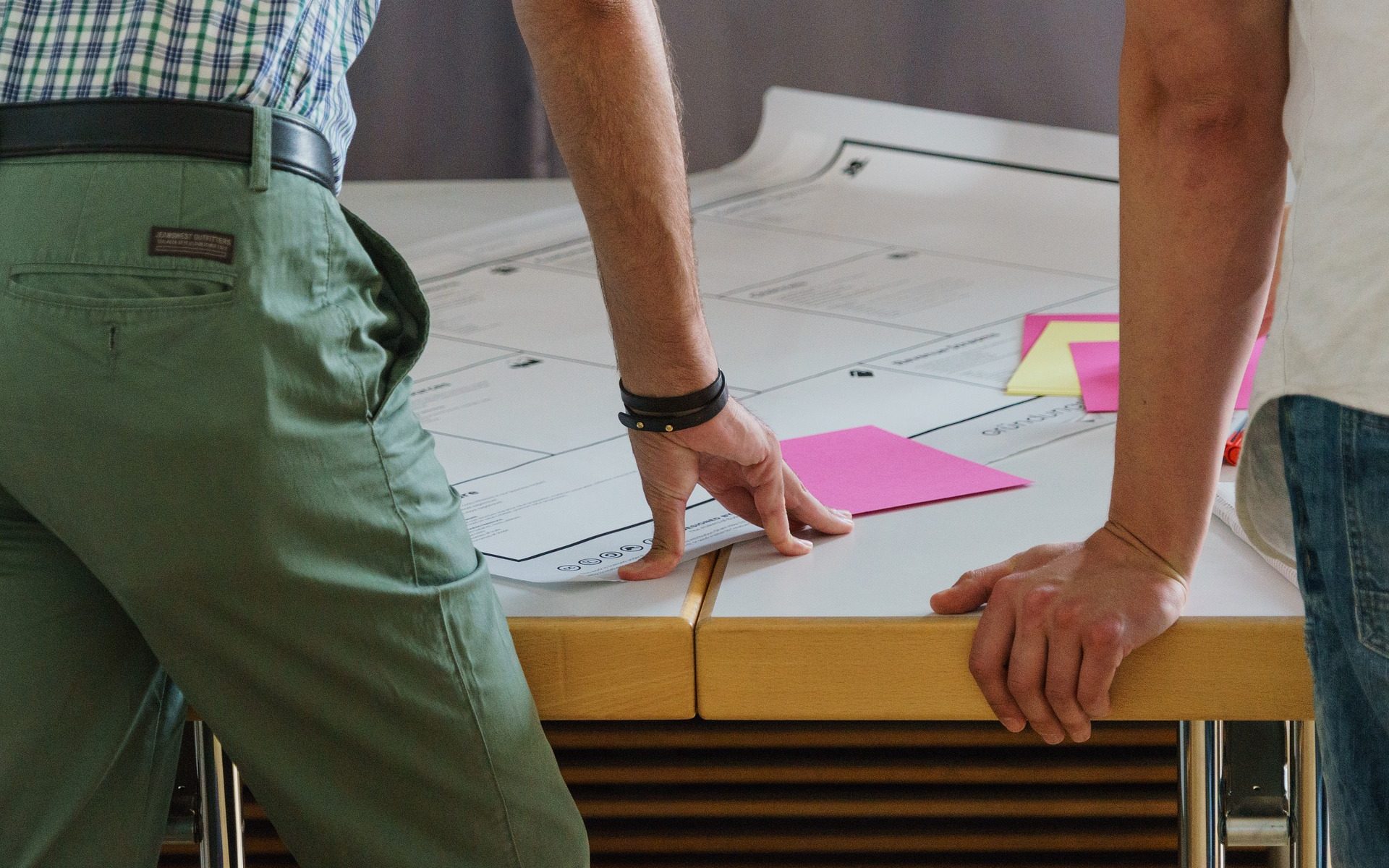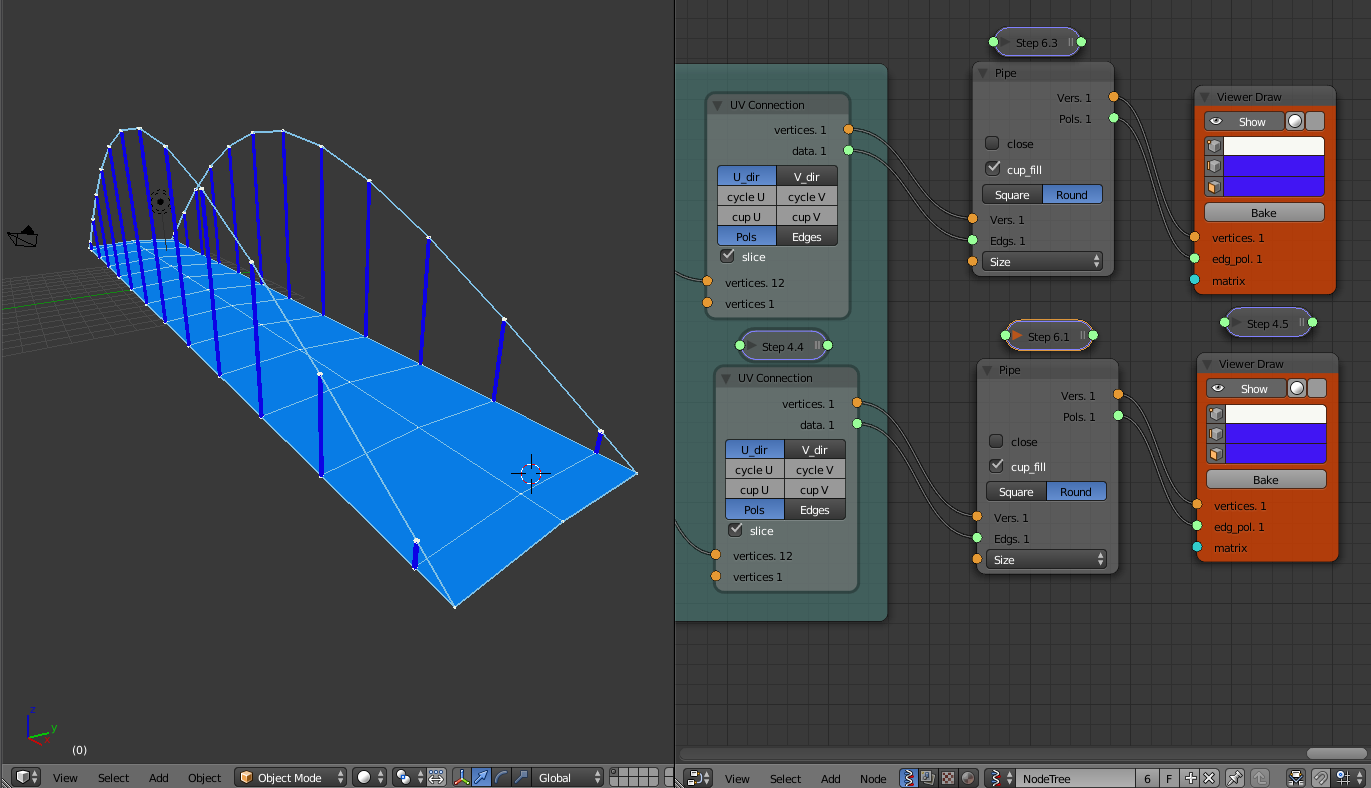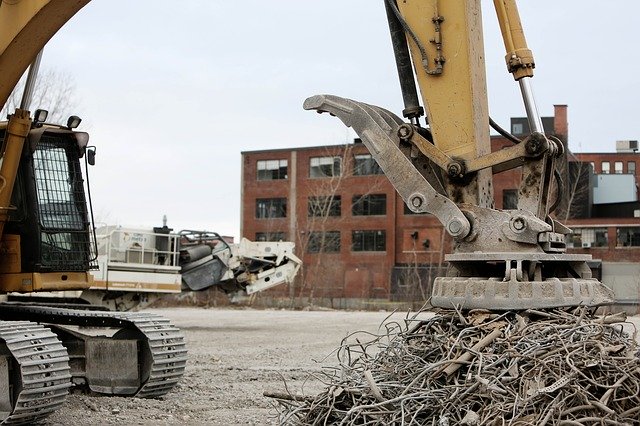In our journal Advanced Engineering Informatics, we ask authors to summarize their contribution with the submission of their work. Implementing this additional step during submission was required for us to deal with the exploding amount of submissions we are receiving. We use the summary extensively in our editorial screening process to decide whether papers submitted are within scope or not.
Analyzing the replies we received in recent years, I realized that it is quite difficult for submitting authors to distinguish between a claim to a general innovation and a scientific contribution. We realized that most of the authors simply summarize their innovations in their replies.
I believe that a contribution is more than a simple innovation. I think the word contribution points more towards adding to an existing body of knowledge. Innovation points more towards the new without looking at what exists. I think an innovation also points more towards a tangible product, in the form of a method or artifact. While ‘contribution’ seems to point more towards some intangible novelty – in the form of new knowledge for a specific community.
We use the word contribution in scientific contexts, as we believe in the step-by-step advancement of knowledge within a scientific community. We believe in scientific advancement and on standing on the ‘shoulder of giants’. To claim a contribution, requires to carefully sketch the community’s previous work as a line of subsequent progression. Where the stress is on a continuous line and not on a lose assemblage of prior work that does in itself not really build on each other. Of course, an argument for a contribution also needs to include the ‘newly presented’, but it needs to explain what prior work the ‘newly presented’ is building upon. The argument then needs to stress an advancement of this previous work.
But why is it important? Isn’t the new more important than the old and shouldn’t be the focus on the new? I truly believe that both should be the case, because of an important part of scientific work: Community building. The scientific world has exploded in the last decades. Even a few decades ago, when I started working in science communities were small group of people that worked on specific topics. Everybody knew each other personally and met regularly on specific small scale conference. By now the amount of people working in any one field that I am involved in has exponentially increased, so has of course the amount of the work that is published. While just two-three decades ago, it was easily possible for informed readers to understand the community of an author and grasp the streams in the literature an author were influenced by in their work, this is no longer easily possible. Hence, to maintain scientific communities, explicit arguments about how work builds upon previous streams becomes more an more important.
As an editor of a journal, community building is maybe the main important aspect for ensuring success. Every journal relies upon the scientists that strongly identify with the journal’s scope, its aims, and its goals. These scientists come back to the journal as readers and authors as they do expect consistency within the evolving streams of debates of the journal. The scientists also expect that new authors submitting work to the journal, understand the streams that the journal has developed previously. Each new submission should be an effort to integrate within the community. Once such a consistency is no longer existing, journals will lose their purpose and work can be simply published in overarching outlets with the mere goal of simply publishing as much work as possible, such as our pre-print repositories. Not sure if this would be good for scientific advancement.








